Kubinyi Anna
 What would be better for a person than to find his roots, and to find the task of final importance? Cote d’Azur, the waves of sea five meter away from me, richness, easy life, sunshine, palms. A huge exhibition opportunity at the grand gallery of Menton, at the Palais de l’Europe in 2000.
What would be better for a person than to find his roots, and to find the task of final importance? Cote d’Azur, the waves of sea five meter away from me, richness, easy life, sunshine, palms. A huge exhibition opportunity at the grand gallery of Menton, at the Palais de l’Europe in 2000.
.
Exhibition surface of 80 m long, exclusively for me, for two months in the middle of summer. A lot of work needed, I borrowed many big-size textiles from home. The exhibition was a great success. At last, the lorry arrived, and I had a strong feeling: I am homecoming! Filling the lorry with my works, I put on my loom as well. It is very good around me, but not my cup of tea. Saying goodbye to everybody, I came home after ten years.
Become exhausting in France, I needed new impetus. I went to Transsylvania, where I was not before, even if my mother was born in Nagyvárad. I wanted to go West, so Transsylvania did not attracted me. Before 1990 I was prohibited to travel to the West because my family members were ’dissidents’.
I wove all what is in the Nature: wheat fields, spring meadow, birds, trees, flexures of rocks, volcano. For the Millennium I made the strongest tree of my life, with huge and dense roots. I started to look for the roots of thousand years. I met the country of Balázs Orbán, the beautiful scenery, history of Transsylvania and the Székely Land,
Sándor Körösi-Csoma started on foot to the faraway East, amidst hard deprivations. He learned 17 languages in order to find evidence of our origins in ancient writings. He left an extraordenary life-work: the first Tibetian-English dictionary, little paid by England. His sacrifice of live has not fructifying: he died before finishing. He is an eternal idol of the human greatness.
I made a pilgrimage to his birthplace as well as to his resting place. I created Székely gates and wooden head-markers for his memory and for the memory of our ancestors. News on these objects have got around, and, on the occasion of the 170th anniversary of his death, an exhibition will be made again in India, this time in Calcutta. We will inaugurate a new ornamental urn at his headstone in Darjeeling.
I am working always with hemp. This is a hard and rigid material. I weave in a traditional way, on loom, but my objects could not be called for gobelin, rather textile-relief or statuesque textiles.
Recently I wove spatial textiles. „Wooden” headmarkers were made on the loom as huge blueprints. I weave using silver-plated iron forks. I got them from a flea-market, although thin and strong, I made eight wore out, however.
As I think, in the art early success is never good. I was even inspired by arduous conditions and obstacles. We have been six, living on the sole teacher’s salary of my father .Yet, all we had. We were happy. Growing out, I have thought a lot on it, it gave me a great strength in the difficulties. I more observe the tiny miracles. How the green of moss is blooming on the barren rocks. How the pricky chestnut shell protects the shiny seed.
I graduated as a ceramist at the high school. Maybe that is why my textiles became spatial ones. I applied to the university for the ceramic major, but my papers were misplaced, so I matriculated as textile major. I showed my first weaving to nobody. It had to be square, but succeeded to be quadruplane totally. By a special providence, I learned to weave ”normally” first, then I became “strange” using three dimensions.
25/11/2012 Budapest





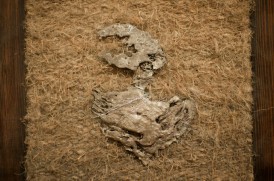

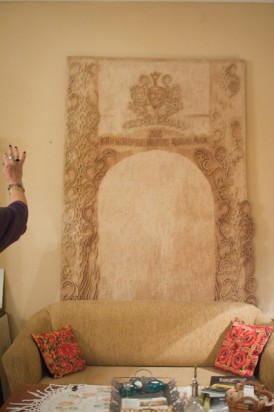
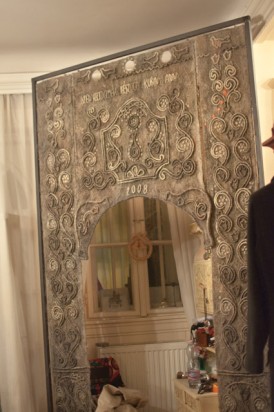


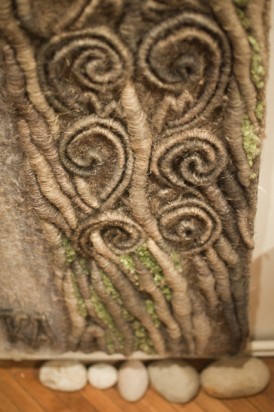







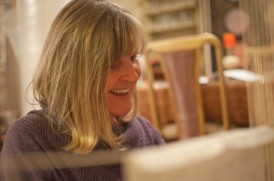


USER COMMENTS ( 0 )
Follow Comments via RSS feed. Trackback Comments from your website.